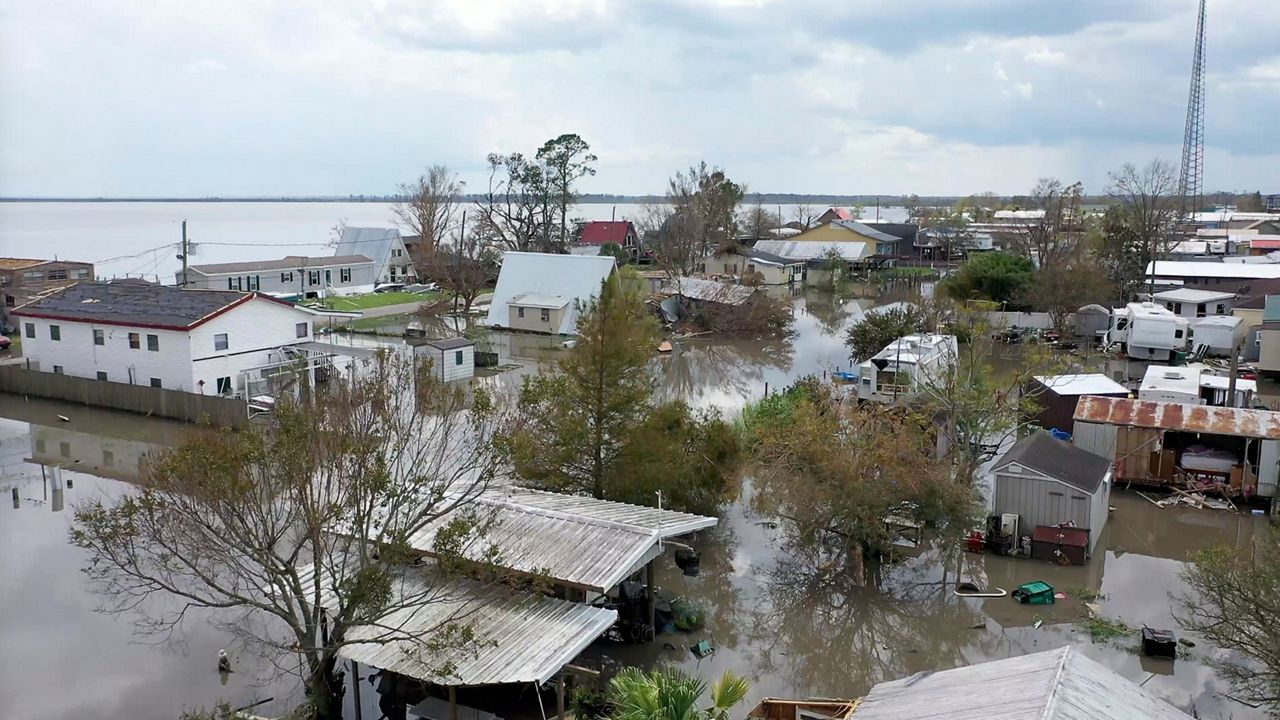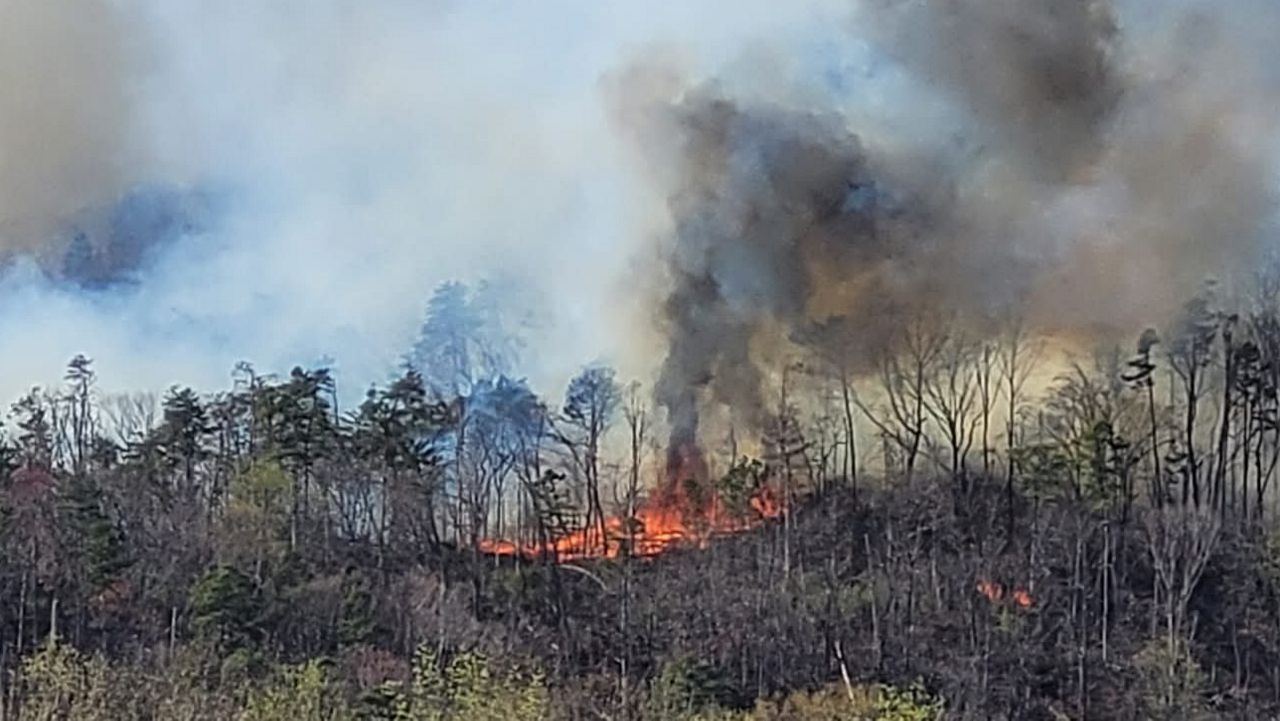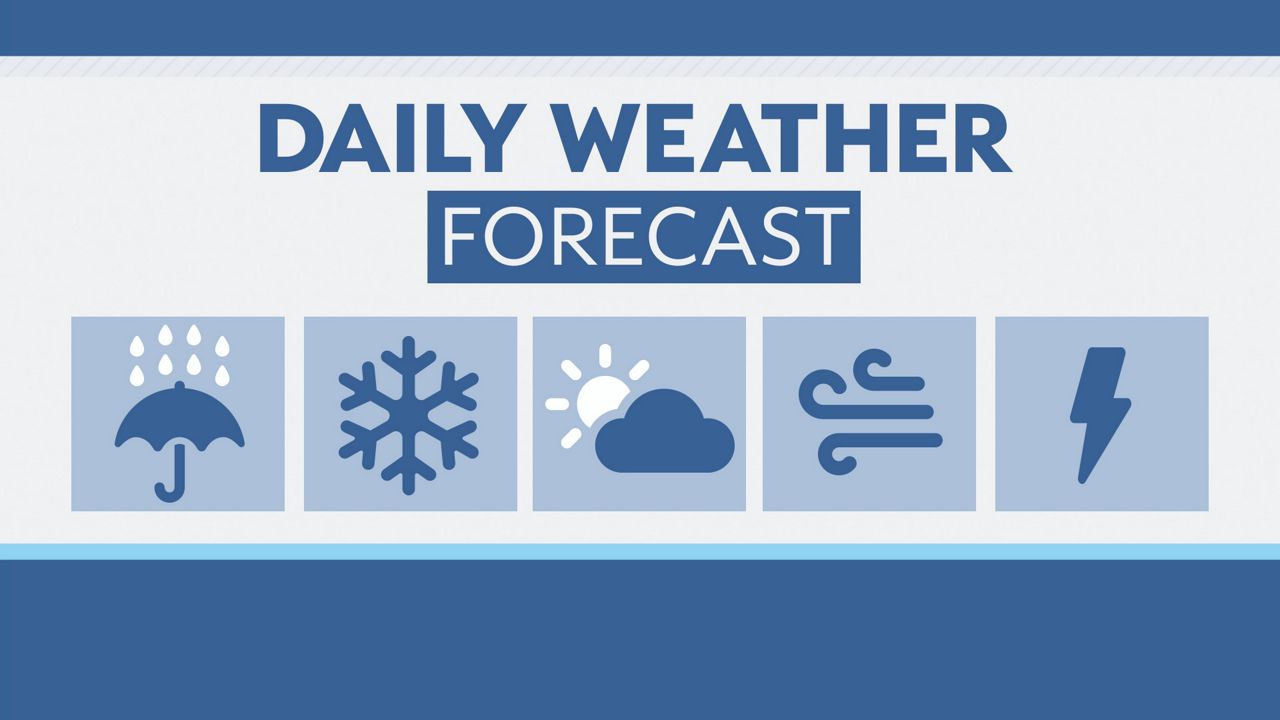NATIONWIDE — Last year was one of the deadliest and costliest for extreme weather and climate disasters in U.S. history, according to the U.S. National Oceanic and Atmospheric Administration annual report released Monday. In 2021, 20 separate natural disasters each exceeded $1 billion in losses.
The events included hail storms in Texas last April, flooding in Louisiana in May and a tornado outbreak in Kentucky in December. In total, last year's $1 billion natural disasters included one drought event, two floods, 11 severe storms, four tropical cyclones, one wildfire and one winter storm. Together, they resulted in 688 deaths and $145 billion in economic losses, the agency found.
The event costs included both insured and uninsured losses and represented costs in terms of the dollars that would not have been incurred if the weather or climate event had not happened.
“It’s always going to be luck — or non-luck — of the draw,” said Spectrum Networks Meteorologist Justin Gehrts. “We know that hurricanes are extremely expensive events, and if you have fewer of those, odds are better that you’re not going to have billion-dollar disasters. Unfortunately, the past many seasons we’ve had above normal activity.”
Last year’s climate and weather disasters were the sixth deadliest, third costliest and second most prevalent since the National Centers for Environmental Information began keeping track. NOAA’s annual report found the annual average of billion-dollar weather and climate disasters jumped between 2017 and 2021 to 17.2 events annually. Since 1980, the annual average has been 7.4 events.
“We know for sure that climate change is having an impact,” Gehrts said, citing research that compared the outcomes of weather events based on different levels of greenhouse gases. “We’re seeing that especially with the ongoing drought out west and flooding becoming more common in the central and eastern parts of the country. That was predicted by climate models, and that’s exactly what we’re seeing.”
NOAA’s annual report was issued the same day new research from the Rhodium Group showed U.S. greenhouse gas emissions grew 6.1% in 2021 compared with 2020 — an increase attributable in part to the increased use of coal to offset rising natural gas prices. Last year was also one of the hottest ever recorded, according to the Copernicus Climate Change Service.
“This report underscores the reality of how the climate crisis is already affecting people’s lives and the economy with every region of the country having been affected,” said Union of Concerned Scientists Policy Director and Lead Economist Dr. Rachel Cleetus. “We simply cannot adapt to runaway climate change.”










